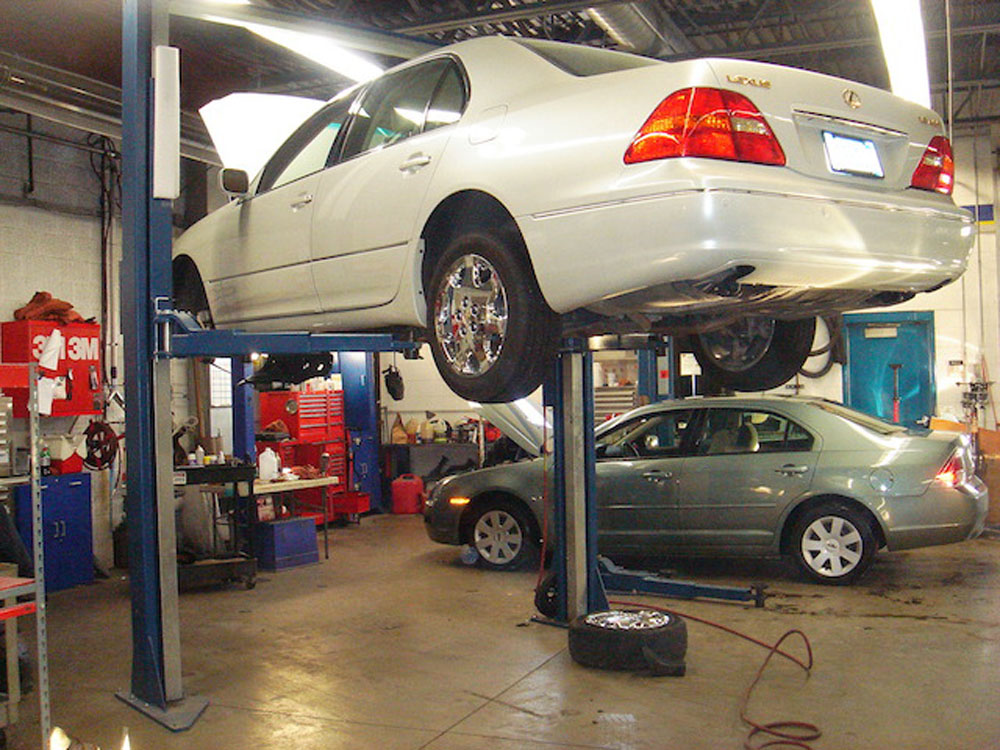
The varying weather in March and April makes this type of ice very common. The temperature of the bridge or overpass pavement drops more rapidly than normal on bridges and overpasses due to the circulation of air below and above the elevated roadway.
What is black ice?
Black ice forms when temperatures are below freezing and rain or drizzle falls on asphalt or pavement. The water freezes immediately upon contact with the road, creating a solid, smooth ice glaze. If black ice is on asphalt, it appears black, but if it is on concrete or another type of surface, it may appear gray.
The dangers of black ice
Black ice is dangerous since you often don’t detect it until your wheels come into contact with it. Icy roads are extremely slippery, preventing your tires from holding any traction. As a result, you may lose control when driving on icy roads.
Black ice forms most commonly in low-lying areas and on bridges and overpasses. As ice rain hits bridges first, they are most vulnerable to black ice. Shady places, including tunnels where water may leak, are also prone to black ice formation.
What to do if you encounter black ice
Reduce your speed immediately if your car is fishtailing or sliding on black ice. You might be able to navigate the black ice without swerving or sliding. In the case of sliding, turn your wheels in the direction the car’s rear is moving. Doing the opposite will cause you to spin. You can also keep yourself safe on the road by keeping your eyes in the direction that you are turning.
Know your braking system
You will also need to consider the type of brake system on your car if you hit black ice. When you brake with anti-lock brakes (ABS), don’t remove your foot from the pedal or pump. If your ABS is working properly, your brakes won’t lock.
In vehicles without antilock brakes, you must press the brake pedal down but release it if the wheels lock. Repeat until the vehicle comes to a halt. With either braking system, downshifting will also help you reduce speed.
Practice for black ice conditions
Black ice has different effects on different types of cars, so you need to know how your car handles in a variety of weather conditions. If you want to discover this, you should try driving and stopping your car in icy and snowy weather. You can do this in a parking lot. Practice will teach you how your car will react in dangerous situations.
When practicing, you need to be cautious and discretionary. Never test your vehicle near other cars, buildings, or people.
Black ice can be scary to drive on, but if you follow these tips for handling it, you’ll have a safer driving experience.

